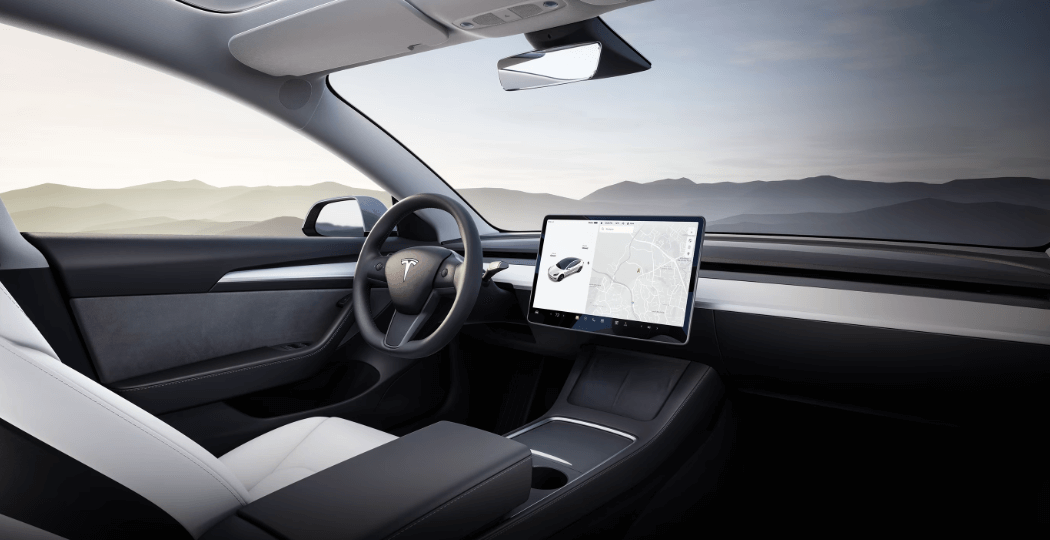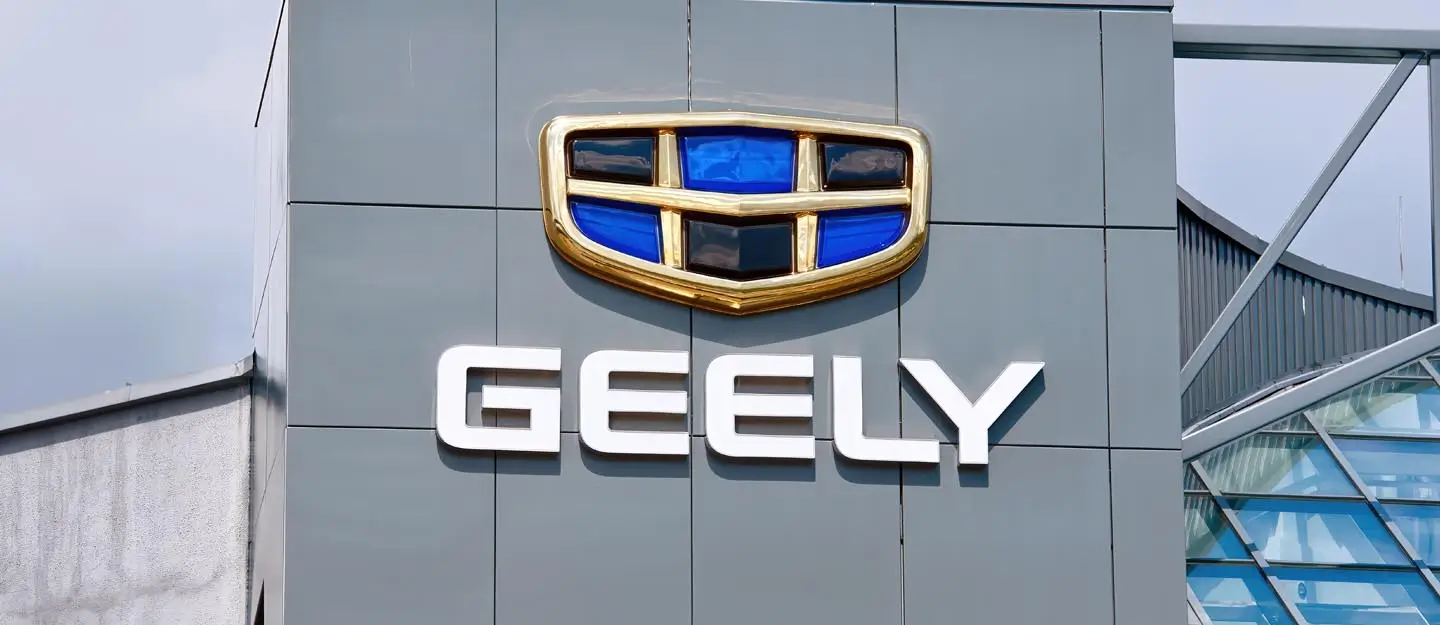
In the dynamic world of electric vehicles, the quest for accurate range predictions has been an ongoing challenge. Tesla, a trailblazer in the electric automotive industry, has taken a bold step towards demystifying this challenge by unveiling the intricate details of its range prediction algorithm.
Delving into a mix of conspicuous and less apparent factors, Tesla’s approach is a testament to its commitment to transparency and precision in the realm of EV technology.
How Tesla Predicts Electric Car Range (PDF)
Deciphering the Obvious Factors
- Battery Dynamics:
- The initial battery state of charge and temperature lay the groundwork for accurate range predictions.
- Battery reconditioning, a behind-the-scenes optimization, ensures the battery operates at an optimal temperature.
- Tailored Vehicle Characteristics:
- Gross combined vehicle weight, aerodynamic drag coefficient, and vehicle-specific energy consumption are intricately factored in.
- Even accessories like a bike rack are considered, acknowledging their potential impact on the overall range.
- Real-Time Journey Analysis:
- Wind speed, ambient temperature, elevation/grade, and traffic speed are continuous considerations throughout the entire trip.
- The algorithm adapts to factors like average acceleration/deceleration, rolling resistance, and HVAC consumption in real-time, mirroring the driver’s experience.
Unveiling the Less Obvious Influences
- Meteorological Nuances:
- Humidity, atmospheric pressure, solar load, and cloud cover surprisingly find a place in Tesla’s meticulous calculations.
- These nuanced factors underscore Tesla’s commitment to leaving no stone unturned in predicting range accurately.
Navigating Through the Range Controversy
As Tesla endeavors to perfect its range prediction tools, it finds itself under scrutiny. The U.S. Department of Justice’s expanded investigation into Tesla, focusing on vehicle range and related matters, has cast a shadow over the company’s reputation.
Allegations include the creation of a secret team in 2022 to handle numerous driving range complaints and, more strikingly, the claim that Tesla manipulated range estimates to present optimistic projections.
A Reuters report from July suggests that a decade ago, Tesla engineered its range-estimating software to display artificially enhanced projections. The directive allegedly came from none other than Tesla’s visionary CEO, Elon Musk, who sought to showcase impressive range numbers when vehicles were fully charged.
In response to these allegations, a proposed class action initiated by three Tesla owners in California accuses the company of falsely advertising the estimated driving range of its electric vehicles.
Conclusion
Tesla’s intricate dance with the challenges of EV range prediction showcases a commitment to innovation and transparency. As the company navigates through investigations and legal challenges, the electric vehicle industry watches closely.
Tesla’s unwavering focus on refining its range prediction algorithms reflects a broader industry trend where accurate predictions are not just a luxury but a necessity for consumers to fully embrace the electric revolution.




